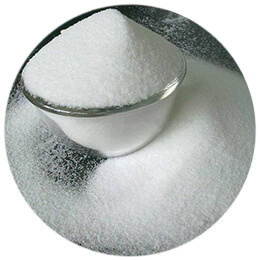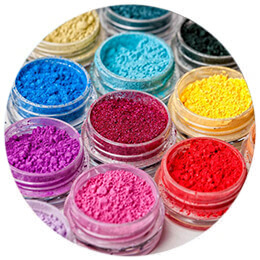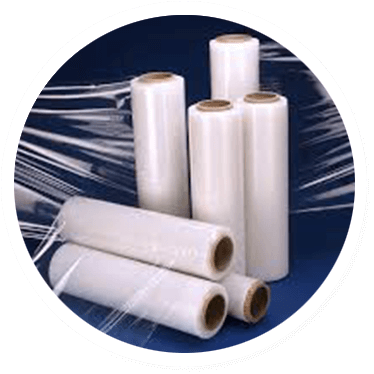
RAW MATERIALS
Raw material is the state before processing and obtaining the necessary components used to produce a product in industry. This term is often used to refer to substances that are obtained from nature and that have not yet been processed or have been poorly processed.
The food industry is a branch of manufacturing industry that transforms vegetable, animal or chemical raw materials obtained from nature into products with a long shelf life and ready-to-eat products with one or more processes. Food raw materials; These are substances with or without nutritional value alone, used for the purpose of preserving, correcting or preventing and correcting the taste, odor, appearance, structure and other qualities of the foodstuff during the production, classification, processing, preparation, packaging, transportation, storage of food. Raw materials used in the food industry are the basis of food products. For this reason, the properties that help safe and quality processing must meet for your intended use. The raw materials used in the food industry among the products of our company; Acidity Regulators, Anti-Oxidants, Coating and Polishing Agents, Thickening Agents, Preservatives and Antimicrobials, Milk Derivative Additives, Flavors and Flavors, Anti-Caking, Starches, Emulsifiers, Raising Agents, Cocoa Group, Carriers, Gum Yeast categories.
COLORANTS
Colorants are substances that are produced from fruits, vegetables and edible plants by physical processing methods, as well as chemically synthesized, and add color when added to food or drink. They are produced in liquid and powder form.
Food colors are used in both commercial food production and home cooking. People associate certain colors with certain flavors, and the color of food can affect the perceived taste in everything from sugar to wine. Sometimes the goal is to simulate a color perceived naturally by the consumer. Colorants are used in foods to give food a more attractive, appetizing appearance, to compensate for loss of color due to exposure to light, air, extreme temperatures, humidity and storage conditions, to correct natural variations in color, to allow consumers to identify flavored products where they see them.
The colorants that are among the products of our company and used in the food industry; Synthetic Food Dyes and Natural Food Dyes consist of categories.


AROMA
Flavors are products that are added to add aroma or flavor to foods, or to increase or change the smell or taste of foods. It is a concentrated ingredient that is generally used in very small amounts to flavor an industrial foodstuff. This ingredient can compensate for the loss of flavor during the heat treatment of a fruit or change in flavor between crops. While Synthetic Aroma is obtained by chemical processes; Natural Flavor is obtained by physical processes or microbial fermentation method. Chemists refer to an Aroma component as an isolated Aroma molecule. Additionally, flavorings may be preferred to incorporate some flavors that are not included in the food. In this way, food consumption can be increased by giving the food a special smell and taste. In processed foods, there is a loss in the smell and taste of the food during the process. These losses can be overcome by using aroma. Another reason for the use of aroma is that if there are smells and tastes in food that will adversely affect the consumption of the product, they can be removed by using Aroma.
Food Flavor is widely used in sodas, juices, biscuits, cakes, potato chips, confectionery, chewing gum, instant soups and puddings. Flavors are also used in the food and pharmaceutical industries to mask the unwanted taste and odor in the final product.
‘‘Please contact us for special flavor types.’’
PACKAGING & LABEL
It is a material that protects the product placed in the package, provides it to you in the cleanest and most reliable conditions, and facilitates its transportation and storage. The basic functions of a packaging provide benefits such as protecting the product from external influences during its shelf life, ensuring its integrity, ensuring the continuity of its quality, ensuring its safety, providing information to the consumer about the product and providing traceability. Packages are classified according to their usage areas;
Sales packaging; It is the packaging that surrounds the product when it is sold to the consumer. These packages include the packaging that is in direct contact with the product and other required packaging components such as caps and labels.
Group packaging and Unit Load Packaging; It is a packaging such as shrink film, stretch film on pallets and corrugated cardboard boxes used to group the products for sale to the consumer in the sales environment and to compile the products to ensure easy transportation.
Transport packaging; These are the packages used to prevent physical damages that may occur during transportation / transportation and to facilitate their transportation and transportation.
The packaging and labels among the products of our company; OPP Packages, CPP Packages, BOPP Packages, Wax Paper Packages, Twist Pet Packages, Barrier Packages, Laminated Packages, Shrink Films, Stretch Films, Opening Tapes, Thermal Transfer Ribbons, Coding Strips, and Label categories.

